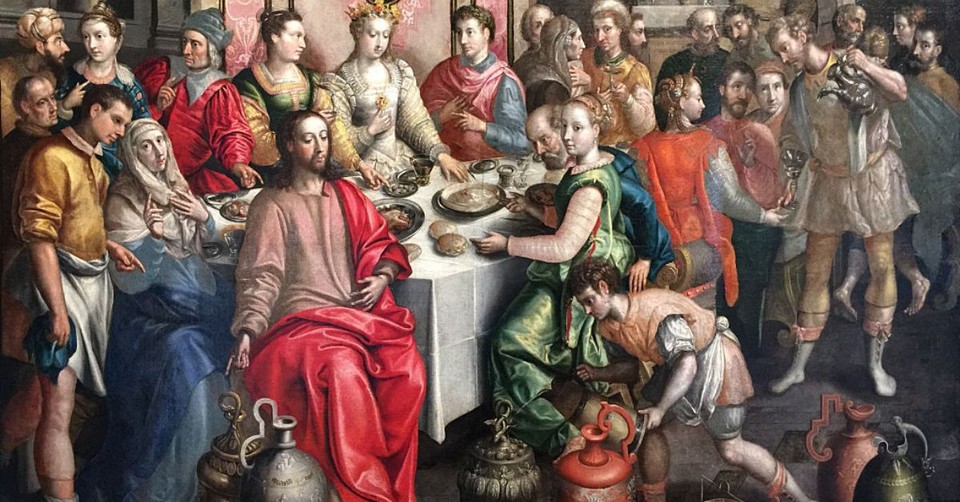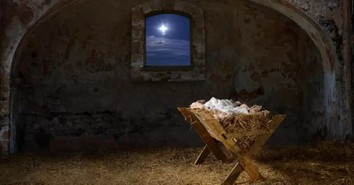Discovery in Israel May Mark the True Place Where Jesus Turned Water into Wine

Historian Tom McCollough claims to have found the true location of Jesus' first miracle, where he turned water into wine, at Khirbet Qana, not Kafr Kanna as previously believed.
"We have uncovered a large Christian veneration cave complex that was used by Christian pilgrims who came to venerate the water-to-wine miracle," McCollough,who formerly taught at Kentucky's Centre College, said.
He added, "This complex was used beginning in the late fifth or early sixth century and continued to be used by pilgrims into the 12th-century Crusader period."
Despite the longstanding belief that Kafr Kanna, an Israeli town in the Galilee, was the true location of Cana, McCollough says that it is actually at Khirbet Qana, a Jewish village from 323 B.C. to 324 A.D.
According to Fox News, the main piece of evidence is a set of tunnels –adorned with numerous crosses and allusions to Christ– that are over 1,500 years old and were used by Christians.
"[No other village] has the ensemble of evidence that makes such a persuasive case for Khirbet Qana," he contended.
Additionally, McCollough found an altar and a shelf with a stone vessel.
He pointed out that there was room for five more jars, which is in line with the six stone jars mentioned in the Biblical story of Jesus turning water into wine at a Jewish wedding (John 2:1-11).
The walls of the complex featured references to Kyrie Iesou, a Koine Greek phrase meaning Lord Jesus.
"The pilgrim texts we have from this period that describe what pilgrims did and saw when they came to Cana of Galilee match very closely what we have exposed as the veneration complex," he said.
McCollough further substantiated his claim after using the work of Flavius Josephus, a first-century Jewish historian.
"His references to Cana align geographically with the location of Khirbet Qana and align logically with his movements," he told Pen News.
"The reference to Cana in Josephus, the New Testament and in the rabbinic texts would argue the village was a Jewish village, near the Sea of Galilee and in the region of lower Galilee," he added. "Khirbet Qana fulfills all of these criteria."
Moreover, McCollough mentioned that Kafr Kanna wasn't recognized as a pilgrimage site for Cana until the 18th century, disputing the Catholic narrative about the site being Kafr Kanna, according to the Catholic Encyclopedia of 1914.
"At this point, the Franciscans were managing Christian pilgrimage and facilitating easy passage rather than historical accuracy," he claimed.
Overall, McCollough argued that his evacuations would strengthen the case for the historicity of the Bible and that it would "warrant at least a reconsideration of the historical value of John's references to Cana and Jesus."
"Our excavations have shown that this was, in fact, a thriving Jewish village located in the heart of much of Jesus' life and ministry," he said.
McCollough continued, "For the Gospel of John, Cana [was] in some ways Jesus' safe place or operational center. It is a place he and his disciples return to when they encounter resistance in Judea."
Additional discoveries that took place earlier this year include the discovery of an ancient garden at the site where Jesus was crucified and buried, as well as evidence of a biblical battle at the city of Megiddo in northern Israel.
Photo Credit: ©Getty Images/adoc-photos/Contributor

Originally published June 06, 2025.







